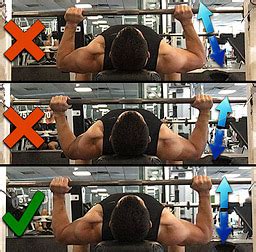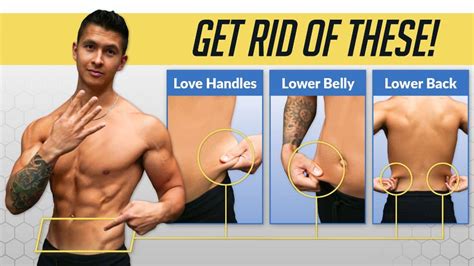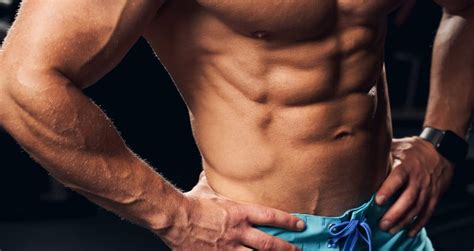The Significance of Male Body Proportions
The shoulder-to-hip ratio (SHR) is a significant anthropometric measure that describes the relative width of a person’s shoulders compared to their hips. Often considered a hallmark of male attractiveness and perceived strength, a higher SHR – where the shoulders are noticeably wider than the hips – is frequently observed in men. This distinct body shape is not arbitrary; it is the result of complex biological processes, primarily driven by one powerful hormone.
Testosterone: The Primary Architect of Male Form
The overwhelming primary factor influencing the typical broad shoulder-to-narrow hip ratio in men is the hormone testosterone. During puberty, a surge in testosterone profoundly transforms the male body, dictating not only sexual maturation but also significant skeletal and muscular development that shapes the adult male physique.
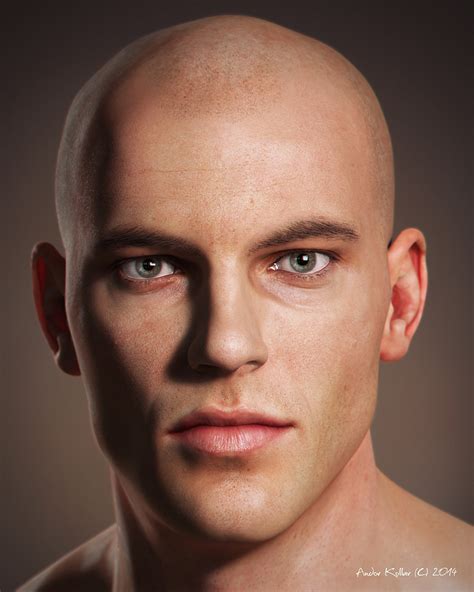
Skeletal Development and Muscle Distribution
Testosterone’s influence begins with the skeletal system. It promotes the growth of the clavicles (collarbones) and the scapulae (shoulder blades), leading to a wider bone structure across the shoulders. Concurrently, it limits the widening of the pelvic bone structure, which is characteristic of female development for childbirth. This differential bone growth lays the foundational framework for the typical male SHR.
Beyond bone structure, testosterone is also a powerful anabolic hormone, meaning it promotes muscle growth. Men naturally develop a greater proportion of muscle mass in their upper body – particularly in the deltoids (shoulders), pectorals (chest), and latissimus dorsi (back) – compared to their lower body and hips. This preferential muscle distribution further enhances the perception of broad shoulders and a V-tapered torso, contributing significantly to the higher SHR.

Beyond Hormones: Other Influencing Factors
While testosterone is the primary driver, other factors also play supporting roles in shaping an individual’s shoulder-to-hip ratio:
- Genetics: Individual genetic predispositions can influence how effectively the body responds to testosterone and where fat and muscle are distributed. Some men may naturally have broader clavicles or a genetic propensity for greater upper body muscle development.
- Exercise and Lifestyle: Regular strength training, especially exercises targeting the shoulders, back, and chest, can significantly increase muscle mass in these areas, further enhancing the SHR beyond its baseline genetic and hormonal foundation. Conversely, a sedentary lifestyle or poor nutrition can hinder optimal development.
- Body Fat Distribution: While less impactful than skeletal and muscular factors, body fat distribution can also subtly affect the perceived SHR. Men typically store less fat around their hips and thighs compared to women, which can make the hip region appear narrower relative to the shoulders.
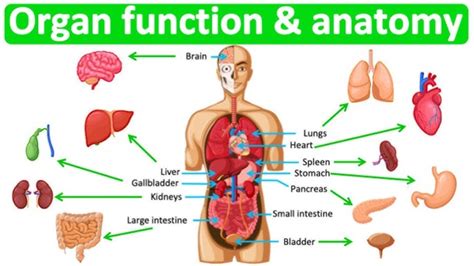
Evolutionary and Societal Perspectives
The typical male SHR has deep evolutionary roots. A wider upper body and a narrower waist/hip ratio are often associated with physical prowess, strength, and the ability to defend and provide, making it a desirable trait from a reproductive standpoint. This has led to the internalization of this proportion as an attractive male characteristic across many cultures, reinforcing its importance in societal perceptions of masculinity.
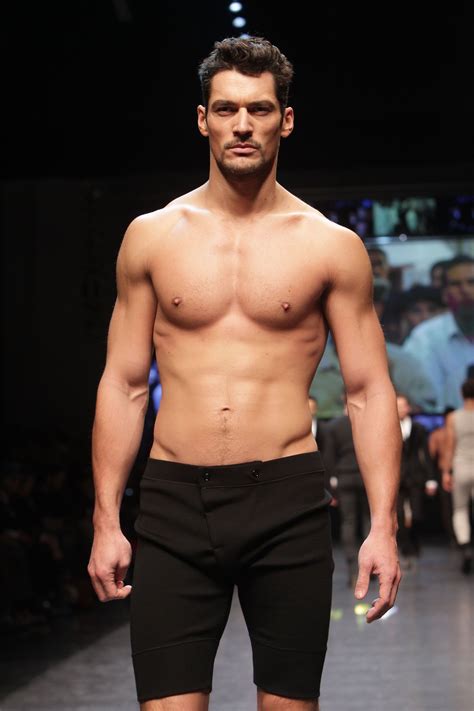
Conclusion: A Hormonal Masterpiece
In conclusion, the primary factor shaping the typical shoulder-to-hip ratio observed in many men is the influence of testosterone during puberty. This powerful hormone orchestrates skeletal remodeling, promoting wider shoulders and narrower hips, and directs the preferential development of upper body musculature. While genetics, exercise, and body fat distribution play secondary roles, it is the profound impact of testosterone that fundamentally defines this distinctive and often admired aspect of the male physique.

